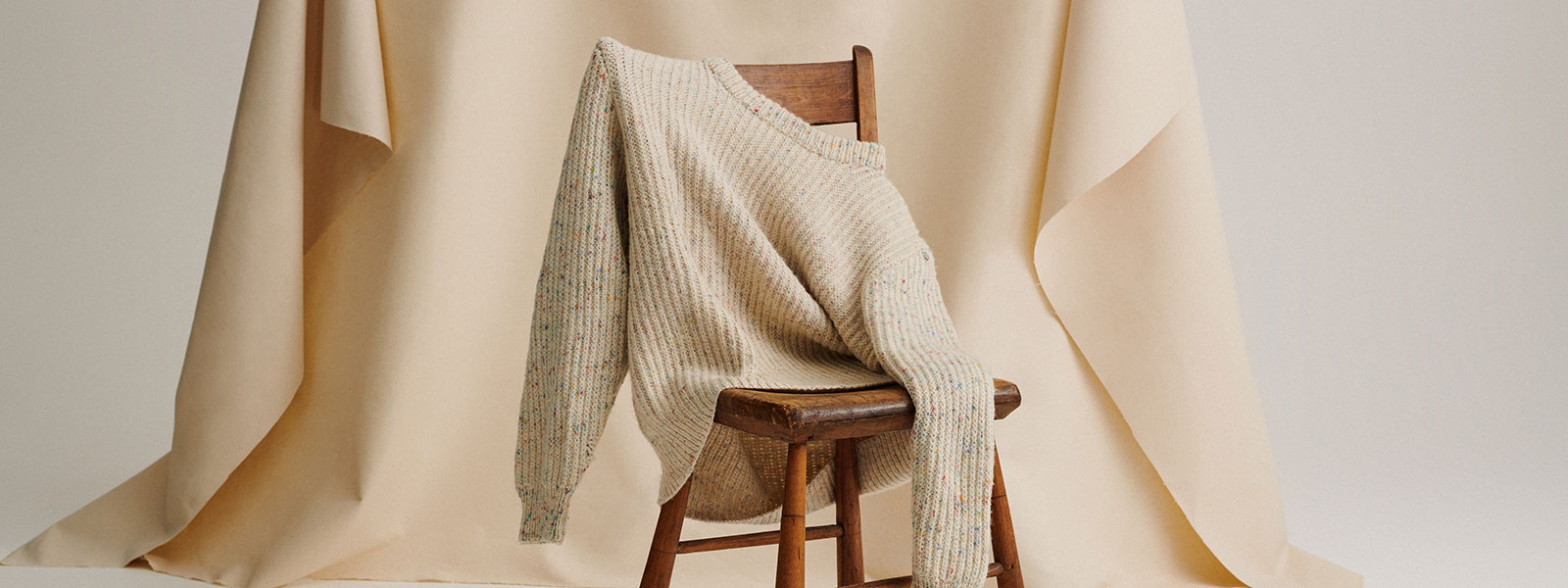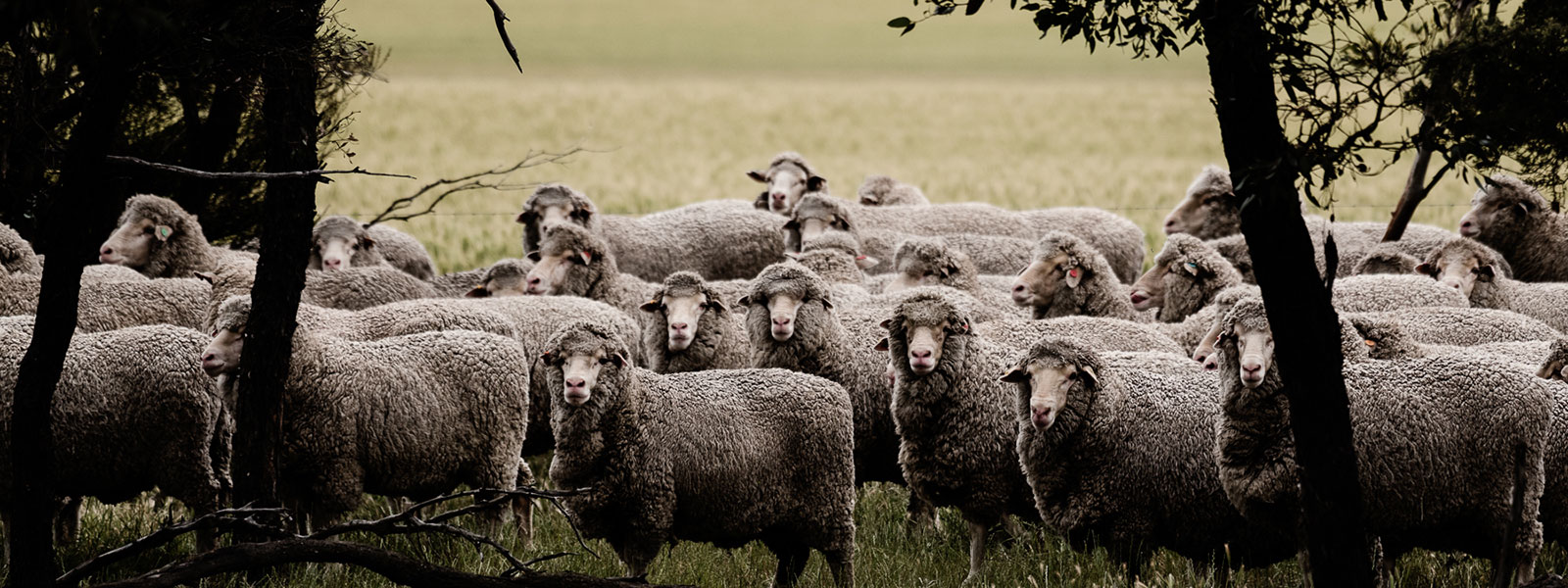Weniger Energie. Weniger Wasser.
Mit Wolle benötigt man für die Herstellung von 100 Pullovern 18 % weniger Energie als mit Polyester und nahezu 70 % weniger Wasser als mit Baumwolle.
Kein Mikroplastik, weniger Abfall
Wolle besteht aus Keratin, nicht aus Öl wie Synthetikfasern. Wolle ist zu 100 % biologisch abbaubar und trägt somit nicht zur Verschmutzung der Ozeane oder des Landes mit Mikroplastik bei.
Die am häufigsten wiederverwendete und recycelte Faser der Welt
Natürliche, erneuerbare und biologisch abbaubare Wolle ist die weltweit am häufigsten wiederverwendete und recycelte Faser unter den wichtigsten Textilfasern.
Download the latest sustainability toolkit
For designers, brands and manufacturers looking for sustainable material solutions, wool is a natural, technical and circular fibre that can be easily integrated into sustainable material strategies. Download the Wool: a sustainable solution toolkit to discover how wool aligns to the UN SDGs, is an inherently circular fibre and the latest innovations that reduce the environmental impact of textile manufacture.
How Australian woolgrowers are mitigating methane
How you can use wool more sustainably
Processing innovations
Processing innovations
Innovations in wool processing technologies create more efficient and environmentally friendly processes in yarn development, knit and weave manufacture and dyeing and finishing to create fabrics and products for the fashion, sports, footwear, interior, protection wear and automotive industries.
Wool and the UN Sustainable Development Goals
The wool fibre and Australian wool industry are aligned to 11 of the UN SDGs. From responsible farming practices and manufacturing efficiencies to end-of-life garment disposal, we are working towards a positive future.
Want to know more about wool’s sustainable properties?





